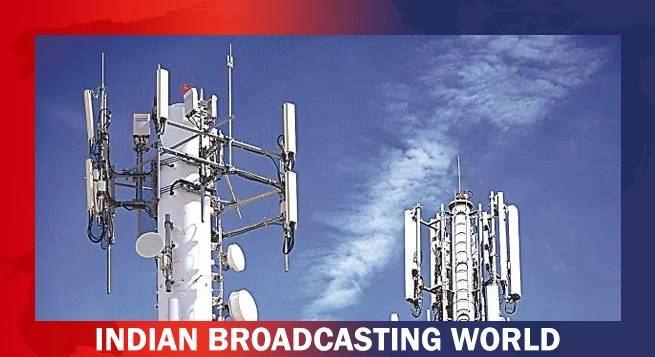The Cellular Operators Association of India (COAI) has once again urged the Indian government to consider implementing a revenue-sharing mechanism between telecom operators and large traffic generator apps such as Netflix and Instagram.
In a letter addressed to telecom secretary Neeraj Mittal, COAI emphasized the need for additional funds to upgrade telecom infrastructure in order to meet the growing demand for bandwidth, PTI reported.
Highlighting the significant investments required for graphic processing unit (GPU)-based high-speed servers to support AI-based applications and high-definition video streaming, COAI asserted that telcos need support from revenue generated by large traffic generator apps.
The telecom industry body argued that these apps, including YouTube, Facebook, WhatsApp, and Netflix, should contribute a portion of their revenue to telcos for the development of network infrastructure, ultimately enhancing user experience.
However, COAI’s demand has faced opposition from advocacy groups and industry bodies such as the Broadband India Forum, which raised concerns that revenue sharing could stifle innovation and negatively impact startup ecosystems.
COAI’s letter also indirectly referenced recent controversies involving app store providers, highlighting instances where certain apps were removed from online platforms due to disputes over service fee payments.
Additionally, COAI cited international precedents, including the Lowering Broadband Costs for Consumers Act of 2023 in the US, which proposed a revenue share fee on apps with significant traffic and earnings.
COAI’s Director General S P Kochhar emphasized the importance of planning for heavy investments in telecom infrastructure, particularly with the advent of new technologies like AI and video optimization. Kochhar underscored that fair share contributions from large traffic generator apps would help balance cash outflows and support the deployment of advanced technologies.
As discussions continue between stakeholders, including the government, telcos, and app providers, the outcome could have significant implications for the future landscape of India’s telecom industry and its digital economy.
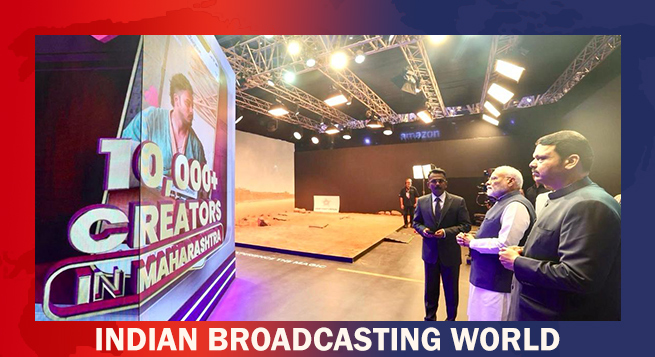 MIB to unveil M&E sector statistical handbook today at WAVES
MIB to unveil M&E sector statistical handbook today at WAVES 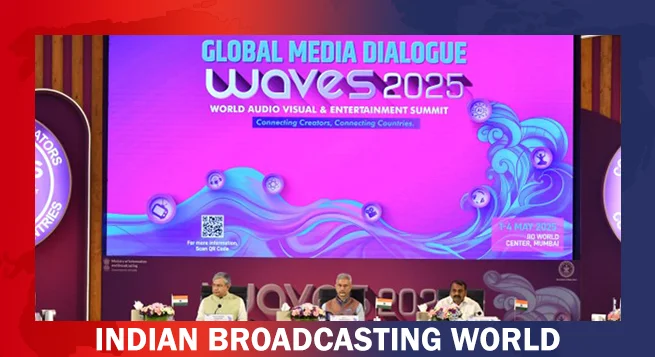 WAVES 2025: Media dialogue backs creativity, heritage & ethics in AI Era
WAVES 2025: Media dialogue backs creativity, heritage & ethics in AI Era 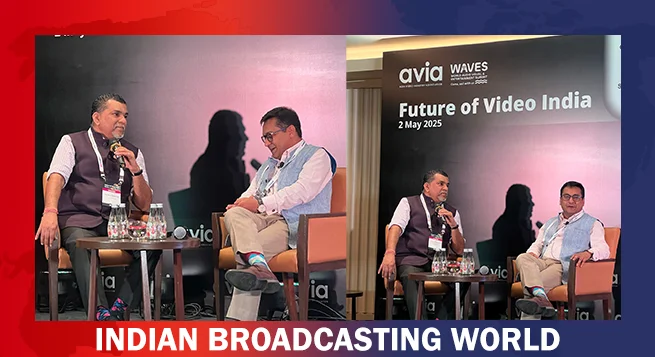 Pay TV leaders chart course for India’s linear TV in digital age
Pay TV leaders chart course for India’s linear TV in digital age 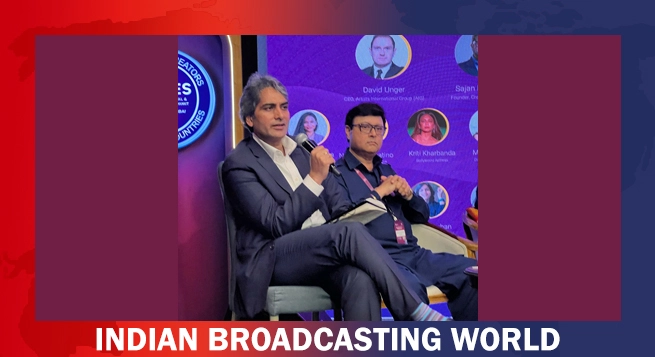 Sudhir Chaudhary announces new show for DD News, says “Good content still has a place” at WAVES 2025
Sudhir Chaudhary announces new show for DD News, says “Good content still has a place” at WAVES 2025 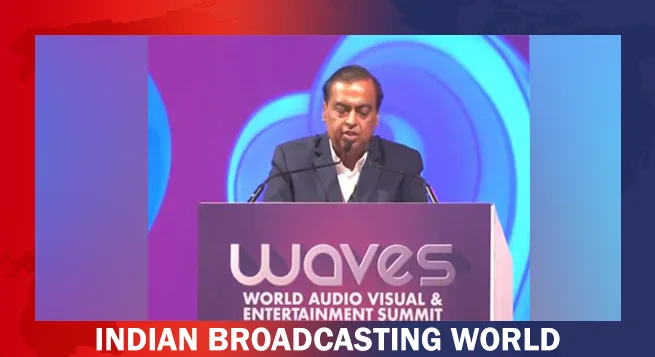 India can lead global entertainment revolution: Mukesh Ambani
India can lead global entertainment revolution: Mukesh Ambani 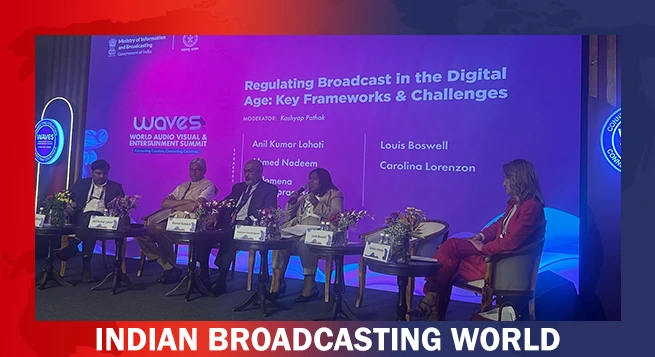 TRAI chief not in favour of separate rules for OTT, legacy b’casters
TRAI chief not in favour of separate rules for OTT, legacy b’casters  Zee Cinema to premiere ‘Pushpa 2: The Rule’ on May 31
Zee Cinema to premiere ‘Pushpa 2: The Rule’ on May 31 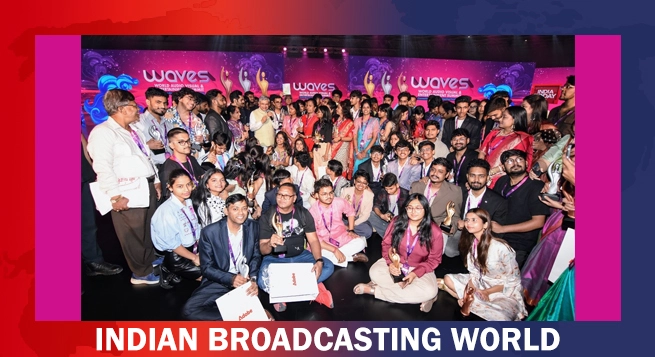 ‘Create in India Challenge’ S1 honours global talent at WAVES
‘Create in India Challenge’ S1 honours global talent at WAVES 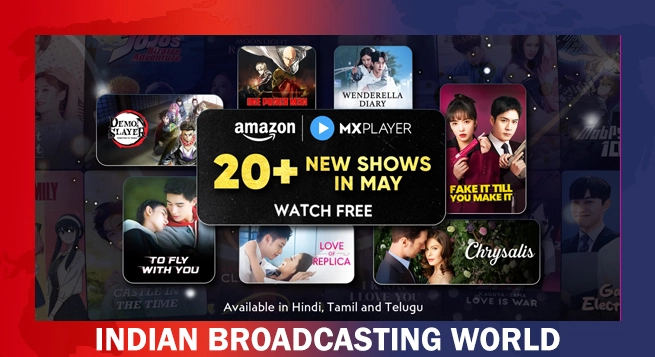 Amazon MX Player adds 20+ dubbed international titles
Amazon MX Player adds 20+ dubbed international titles 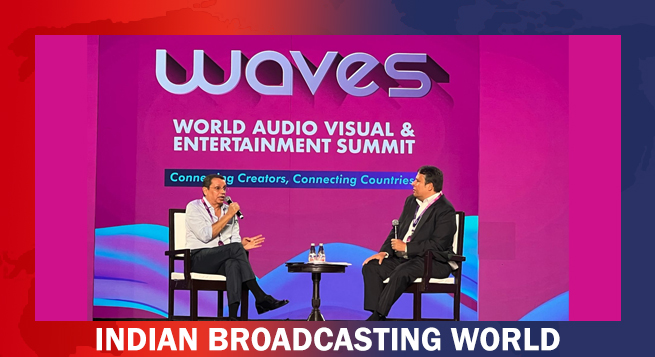 Uday Shankar upbeat on Indian M&E sector; stresses on need for local focus
Uday Shankar upbeat on Indian M&E sector; stresses on need for local focus 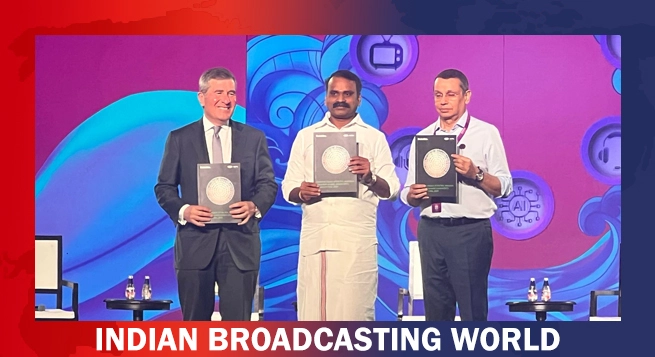 India film, TV, OCC sectors’ gross output US$ 16.8 billion: report
India film, TV, OCC sectors’ gross output US$ 16.8 billion: report 


